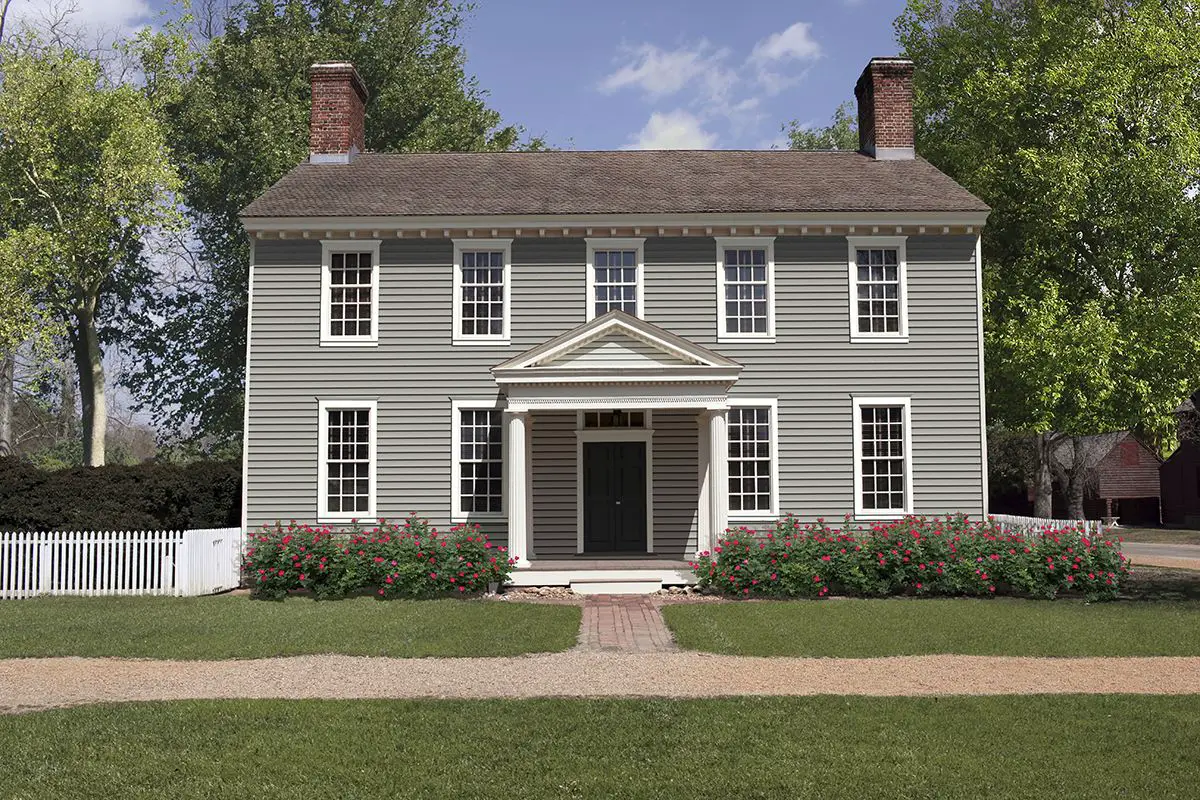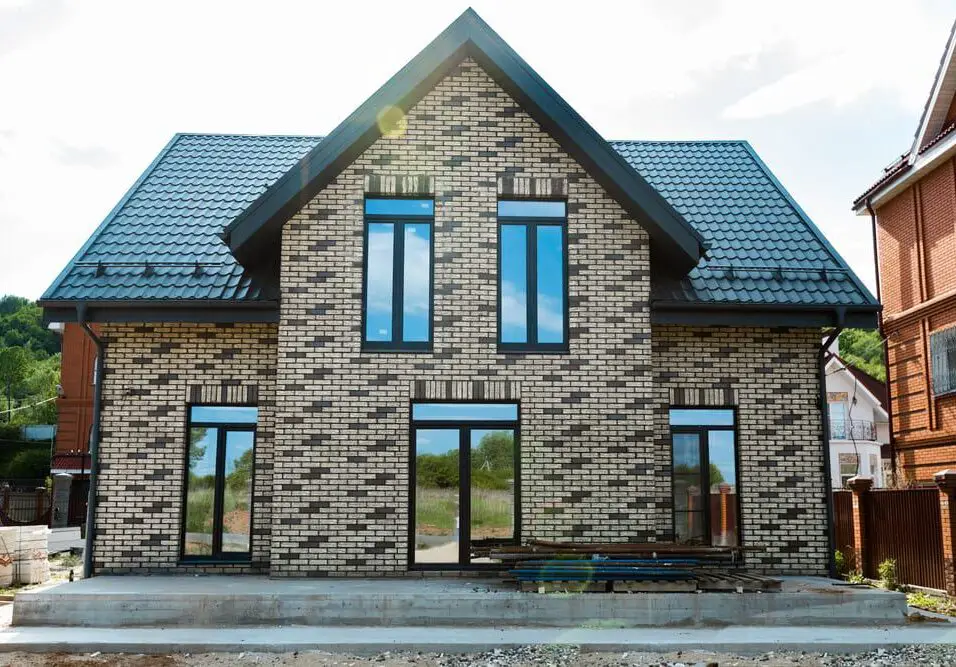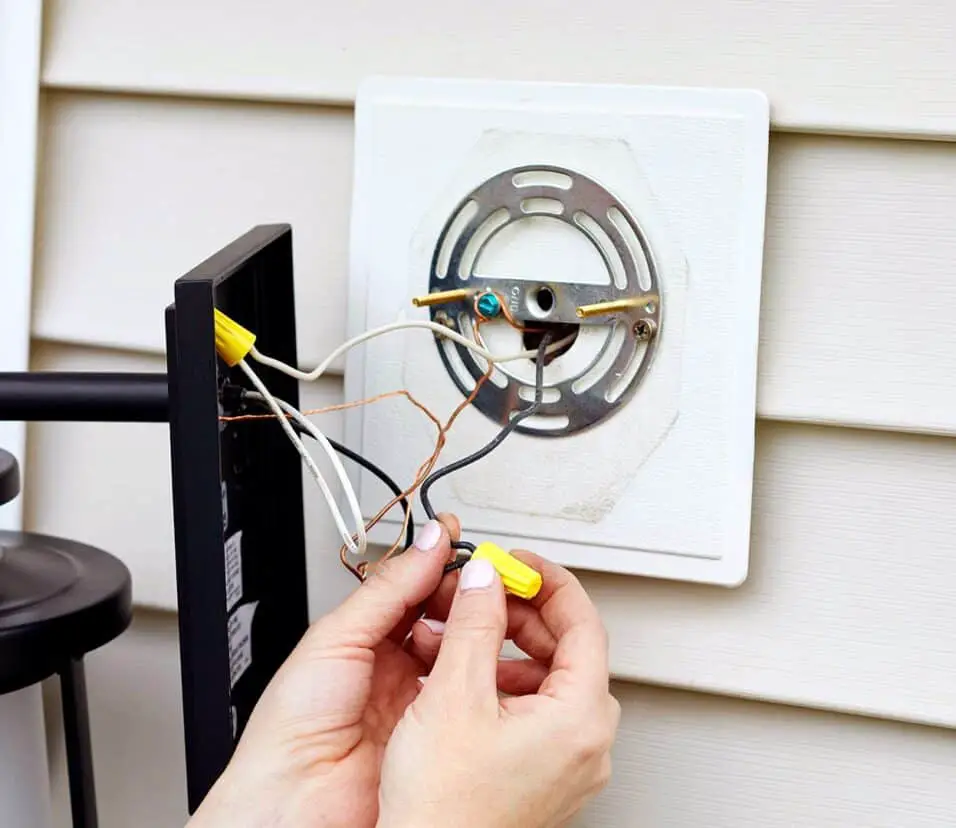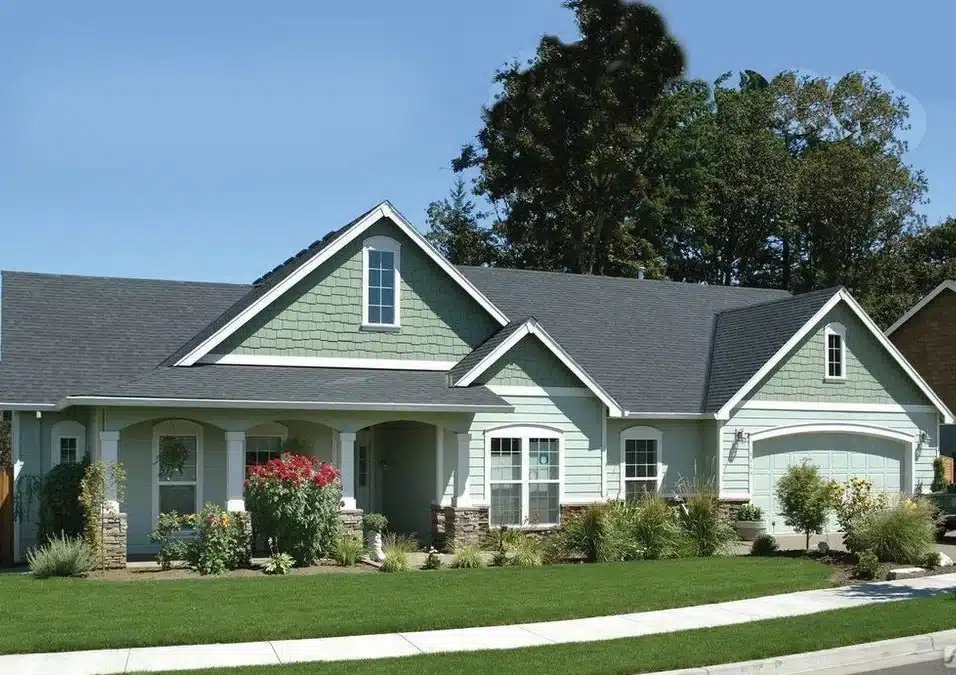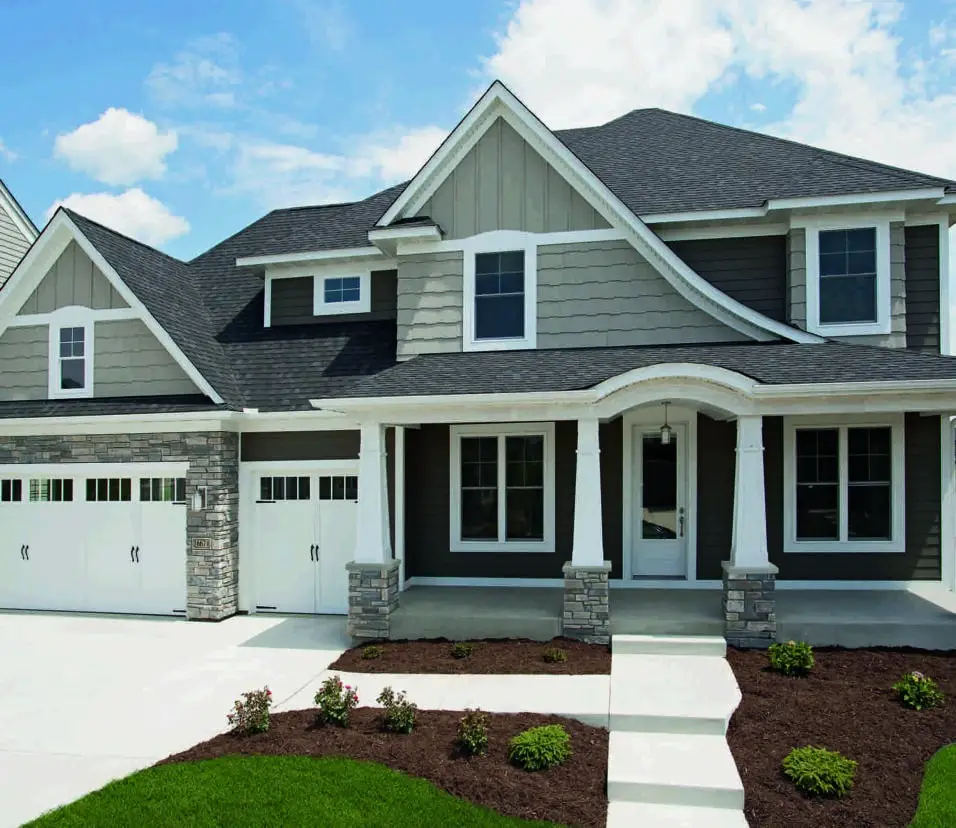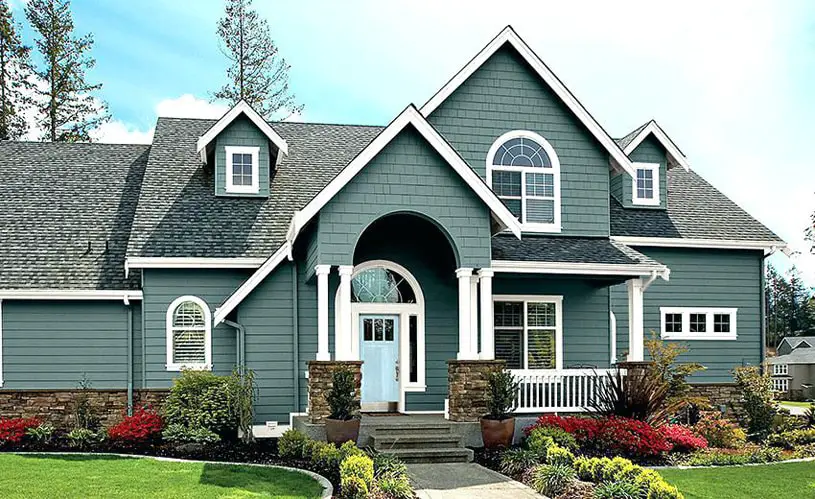What Color To Paint Exterior Chimney
Introduction
What Color To Paint Exterior Chimney: Enhancing the exterior of a home involves a myriad of design decisions, each contributing to the overall aesthetic and curb appeal. Among these, the often overlooked but significant element is the chimney – a vertical structure that punctuates the skyline of a house. Selecting the appropriate color for the exterior chimney is a crucial step in harmonizing the architectural ensemble and elevating the visual impact of the entire property.
The exterior chimney, with its prominent position, serves as a focal point that can either seamlessly integrate with the façade or stand out as a deliberate contrast. The color chosen for the chimney plays a pivotal role in achieving this balance. Homeowners and designers must consider various factors when making this decision, including the existing color palette of the house, the surrounding environment, and the architectural style. A well-chosen chimney color can unify the interior design elements, accentuate the chimney’s form, and even visually alter the proportions of the structure.
We will delve into the intricacies of selecting the right color for your exterior chimney. We will explore how different color families interact with architectural styles, offering insights into the psychology of color and its effects on the observer. By understanding the interplay between color, design, and surroundings, you’ll be better equipped to make an informed decision that enhances your home’s charm and character while optimizing its overall visual impact.
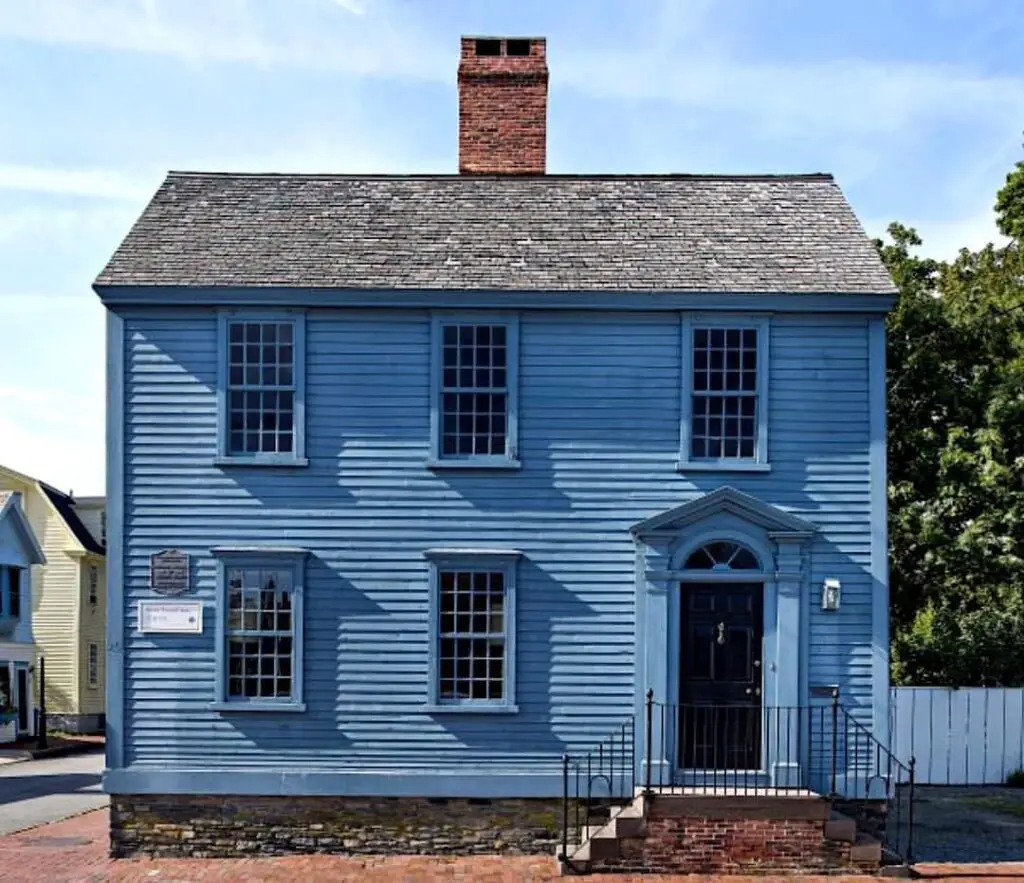
Is it OK to paint exterior chimney?
You can paint the outside of your home’s chimney if you want to. By painting the chimney, you can change how it looks to fit the style and color scheme of your home.
That being said, there are some important things to remember. Before painting, make sure that the outside of the chimney is properly prepared. This could mean cleaning, fixing any cracks or other harm, and putting on the right primer.
Also, check the rules or guidelines for your homeowner group or the city where you live. Some places may have restrictions or specific suggestions for painting chimneys. For example, painting chimneys may need touch-ups over time to keep their look.
In conclusion, painting the outside of your chimney can be a great way to improve the look of your home. However, to get the best results, you should carefully plan the project, make sure you’re ready, and use high-quality materials.
Is it OK to paint exterior brick chimney?
Your Bricks Need to Breathe
The temperature inside and outside of your chimney are not the same. This builds up wetness, like steam from a hot shower. The water gets into the bricks and then comes out of the holes. If there is paint on the bricks, the water can’t get away.
Painting the exterior brick chimney of your home is popular and may protect and beautify. You can give your brick chimney a new look by painting it. This will help it fit in with the rest of the exterior style of your home. There are also color schemes and building styles that you can use to match the chimney’s look.
But there are some important things to keep in mind. Another problem is that it can be hard to get the brick look back after painting. Thus, you should balance the advantages and downsides and potentially consult with professionals to make the greatest housing option.
Can you paint exterior metal chimney?
Those paints include latex, acrylic latex, oil based, lacquer, epoxy and high heat. These types of paints are also available in exterior and interior formulas. This can prove to be confusing for the average homeowner. The most effective paint for your metal chimney is one that is rated for high heat.
Yes, you can paint the exterior metal chimney of your home, and doing so can offer several advantages.
Before painting, it’s essential to prepare the metal surface properly. Clean the chimney thoroughly to remove any dirt, rust, or contaminants. If the metal surface has any rust spots, use a rust converter or primer to prevent further corrosion.
Painting the exterior metal chimney is not only possible but also recommended for maintaining its appearance and functionality. Proper preparation and the use of appropriate materials are key to achieving a successful and long-lasting result.
What paint to use to paint chimney?
Choose fireplace paint—indoor, latex, heat-resistant paint (either flat, semigloss, or gloss) that’s rated to withstand temperatures generated by the fireplace (generally about 200°F).
When painting a chimney, it’s essential to choose the right type of paint to ensure both a visually appealing finish and long-lasting protection against the elements. For different chimney materials like brick, masonry, or metal, specific paints are recommended.
For brick or masonry chimneys, opt for a high-quality masonry paint. This type of paint is formulated to adhere to porous surfaces and provide durability against harsh weather conditions. Look for paints labeled as “exterior masonry paint” or “brick paint.” These paints often have excellent coverage, UV resistance, and water repellency, which are crucial for protecting the chimney’s surface.
When dealing with a metal chimney, select a paint designed for metal surfaces. Look for paints labeled as “metal paint” or “exterior metal paint.” It’s also wise to choose a paint with heat-resistant properties, as chimneys can become quite hot during fireplace use.
In summary, choosing the right paint for your chimney is crucial for achieving a lasting and visually appealing result.
What factors should be considered when selecting a color to paint the exterior chimney of a home?
Choosing the right color to paint the exterior chimney of a home involves several important factors that contribute to the overall aesthetic and impact of the property. Here are some key considerations to take into account:
Architectural Style:
The architectural style of your home plays a significant role in determining the appropriate color for the chimney. Traditional styles might call for more classic and subdued colors, while modern designs could accommodate bolder and contrasting choices.
Existing Color Palette:
Consider the colors already present on the exterior of your home, including the siding, trim, and roof. The chimney color should harmonize with these existing elements to create a cohesive and visually pleasing look.
Surrounding Environment:
Take into account the natural landscape and surroundings. A color that blends in with the environment can create a more harmonious appearance, while a contrasting color might make the chimney stand out as a focal point.
Lighting Conditions:
The color of the chimney can appear differently under various lighting conditions, such as natural sunlight and artificial outdoor lighting. Test the chosen colors in different lighting scenarios to ensure that the selected hue maintains its intended effect.
Personal Preference:
Your personal style and preferences should guide the color selection.
Neighborhood Guidelines:
If you live in a community with homeowner association regulations or local zoning guidelines, be sure to check if there are any restrictions or recommendations regarding chimney colors.
Chimney Material:
The material of the chimney can influence how paint adheres and wears over time. Different materials, such as brick, masonry, or metal, might require specific types of paint for optimal results.
Maintenance Considerations:
Darker colors tend to absorb more heat, which might impact the chimney’s structural integrity over time. Lighter colors reflect heat and could be a more suitable option if you’re concerned about potential damage.
Longevity and Trends:
Consider whether the chosen color is timeless or if it’s based on a current trend. A color that stands the test of time might be a better investment in the long run.
By carefully evaluating these factors, you can make an informed decision that not only enhances the aesthetic appeal of your home but also aligns with your preferences and the surrounding environment.
How does the chosen color for the exterior chimney contribute to the overall curb appeal and aesthetic of the property?
The color choice can either enhance the property’s charm or detract from its appeal. A harmonious color that complements the existing exterior palette creates a unified and cohesive look, enhancing the property’s overall visual harmony. Conversely, a contrasting color can make the chimney a striking visual element, adding character and dimension to the facade.
Moreover, the chosen color can evoke certain emotions and impressions. Earthy and muted tones can convey warmth and timelessness, while vibrant or unique shades can inject energy and personality into the property. The color can also influence the perceived size and proportions of the chimney. Lighter hues might visually elongate the structure, while darker tones can provide a sense of solidity and substance.
Ultimately, the color of the exterior chimney serves as an essential thread in the fabric of the property’s exterior design. By selecting a color that complements the architectural style, integrates with the environment, and resonates with personal taste, homeowners can create a visually pleasing and captivating exterior that leaves a lasting impression on observers.
How might the architectural style of a home influence the color choice for its exterior chimney?
The architectural style of a home exerts a profound influence on the color choice for its exterior chimney. Each architectural style has its own distinct characteristics and historical context, and the chimney’s color should align with these elements to create a harmonious and visually cohesive appearance.
In contrast, modern and contemporary architectural styles often embrace bold, contrasting color schemes.
Moreover, regional architectural influences can guide color choices. Mediterranean-style homes, for instance, might feature earthy terracotta tones for their chimneys to evoke the warmth of Mediterranean landscapes. The architectural style also dictates the chimney’s size, placement, and overall aesthetic.
In summary, the architectural style serves as a blueprint for the exterior design, including the chimney’s color. Harmonizing the chimney’s color with the style creates a unified and coherent visual narrative that contributes to the overall character and appeal of the home.
What are the steps involved in preparing the chimney’s surface and selecting an appropriate type of paint to achieve a successful and lasting result?
Achieving a successful and lasting result when painting a chimney involves careful surface preparation and selecting the right paint type. Follow these steps for optimal outcomes:
Surface Inspection: Thoroughly examine the chimney’s exterior for cracks, flaking paint, or rust. Repair any damage and address underlying issues before painting.
Cleaning: Clean the chimney’s surface to remove dirt, grime, and contaminants. Use a pressure washer or a suitable cleaning solution to ensure a clean and smooth foundation for the paint.
Priming: If the chimney’s surface is porous or has exposed brick or metal, apply a suitable primer to improve paint adhesion and create an even base.
Paint Selection: Choose a paint type specifically designed for the chimney’s material. For brick or masonry chimneys, select exterior masonry paint; for metal chimneys, use exterior metal paint. Ensure the paint is formulated for outdoor use and offers UV resistance and weather protection.
Color Testing: Test the chosen paint color on a small, inconspicuous area of the chimney to ensure it meets your expectations and appears as intended in various lighting conditions.
Application: Apply the paint using brushes, rollers, or sprayers, following the manufacturer’s instructions. Apply thin, even coats to achieve a uniform finish.
Drying and Curing: Allow each coat to dry and cure as recommended by the paint manufacturer. Avoid exposing the chimney to excessive moisture or extreme temperatures during this period.
Additional Coats: Depending on the paint’s coverage, apply additional coats as needed to achieve the desired depth of color and coverage.
Finishing Touches: Pay attention to details like edges, corners, and any decorative elements on the chimney. Properly cover and protect nearby surfaces to prevent accidental paint splatters.
By adhering to these steps, you can ensure that the chimney’s surface is properly prepared and that the selected paint type is appropriate for the material. This approach maximizes paint adhesion, durability, and the overall quality of the finished result, contributing to a successful and lasting outcome.
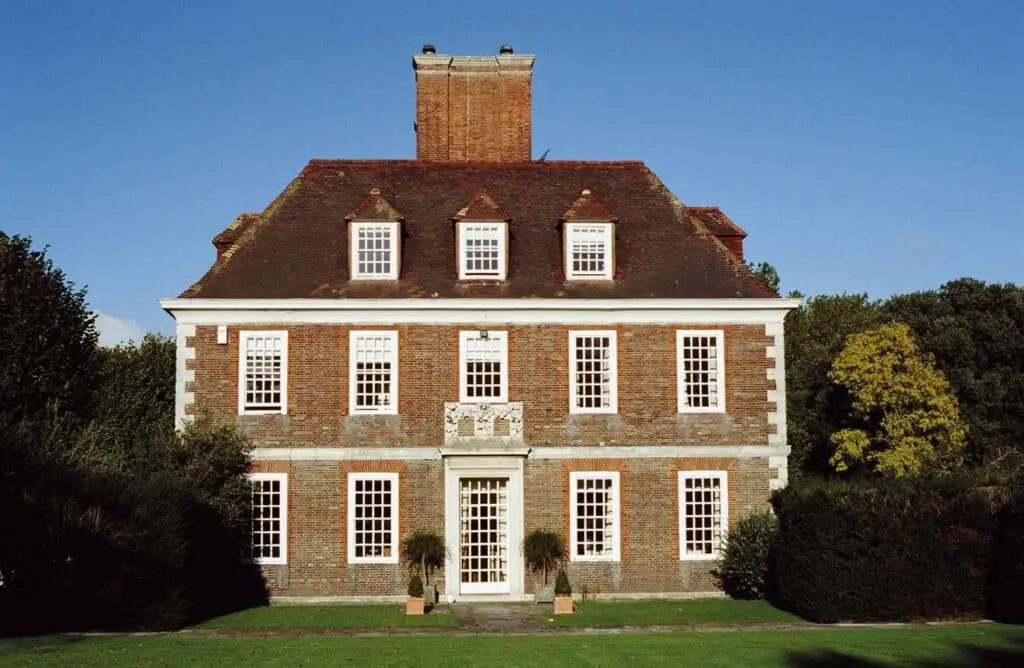
Conclusion
The color you choose to paint your exterior chimney holds the power to transform your home’s appearance, adding depth and character to its overall design. By carefully considering factors such as your home’s architectural style, existing color palette, and the surrounding environment, you can make a decision that not only complements your property but also elevates its curb appeal.
Remember that subtlety and harmony often go hand in hand. Opting for a color that harmonizes with the rest of your home’s exterior can create a unified and cohesive look. On the other hand, selecting a contrasting color can make a bold statement, drawing attention to the chimney as a distinctive architectural feature.
Consider the impact of natural light throughout the day as well. The chosen color may appear differently under different lighting conditions, so it’s essential to test and observe the shades in various lighting scenarios before finalizing your decision.
Ultimately, the color of your exterior chimney should reflect your personal style and preferences while honoring the architectural character of your home. It’s an opportunity to infuse creativity into your exterior design, enhancing its overall visual appeal.
By following the guidelines and understanding the relationship between color, design, and environment, you can confidently select the perfect hue that not only enhances your chimney’s aesthetic but also contributes to the harmonious and captivating exterior of your home.



